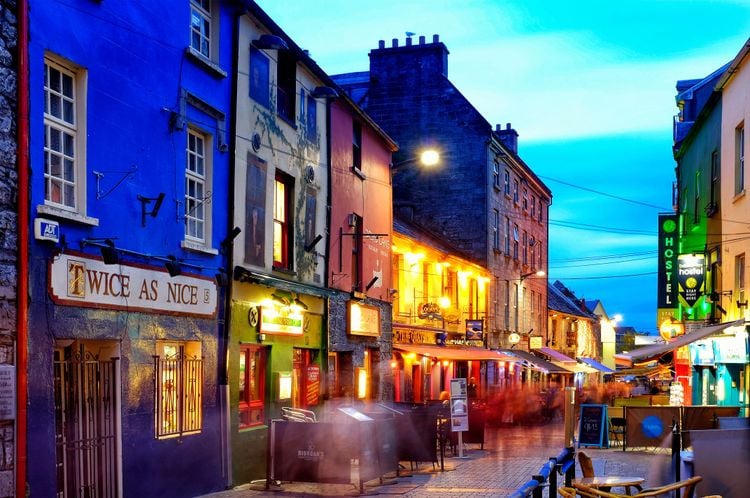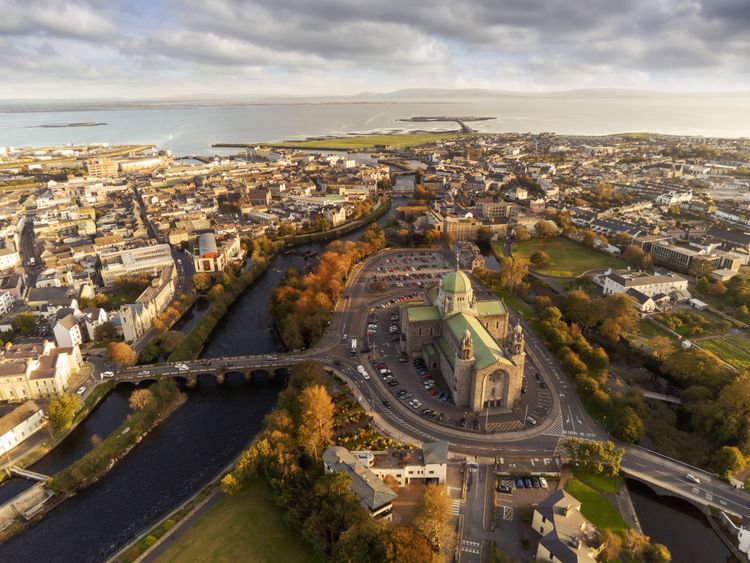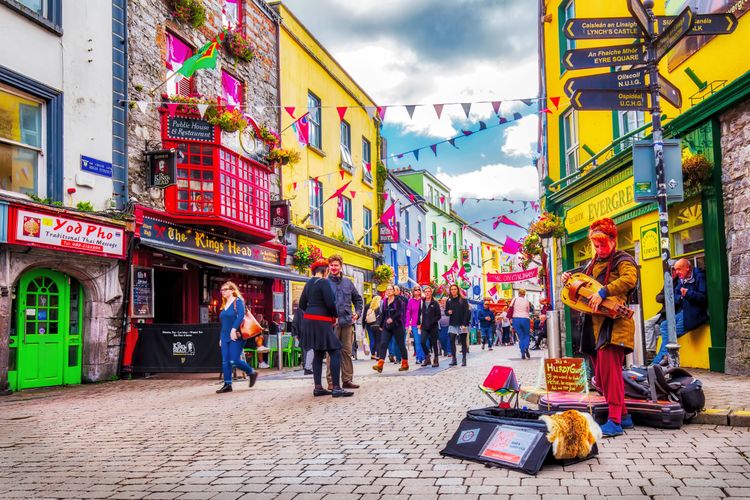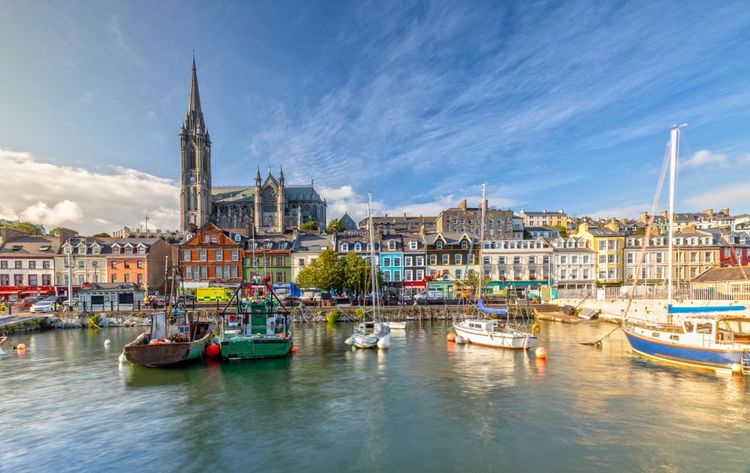Stretching from the Spanish Arch to O'Brien's Bridge, encompassing St. Nicholas' Church and Middle Street, the Latin Quarter of Galway City showcases numerous well-preserved examples of the city's medieval heritage. It serves as a vibrant hub for Galway's renowned shops, pubs, restaurants, and hotels, all nestled amidst historic buildings. The short yet charming cobblestoned stretch known as High Street is lined with a variety of small and captivating specialty shops. Among them, the Kilkenny Shop offers a diverse range of goods, particularly knits and pottery, while the Galway Woollen Market provides materials for those inclined to knit their own sweaters or jackets. Just off Cross Street, Kirwan's Lane stands as a testament to Galway's medieval past.
After being in ruins for many years, the lane has recently been revitalised and restored to its former grandeur. In the late 18th century, Richard Martin constructed a 100-seat theatre for his wife in this very location. The theatre witnessed numerous acclaimed performances, featuring notable figures such as the rebel patriot Theobald Wolfe Tone, Richard Martin himself, and his wife. Alongside these significant landmarks, two nunneries were also located on Kirwan's Lane. The lane now houses various exquisite gift shops, including Judy Greene's Pottery, Tempo Antiques, Cloon Keen Atelier Candles, and more.
Around the corner on Quay Street, the Wooden Heart toy shop awaits, offering a delightful selection of unique and charming traditional toys. The store boasts a range of wooden items, from delicate and fully functional music boxes to Russian dolls, puzzles, pirate-themed toys, and musical instruments. Next door, Twice as Nice presents a fine collection of vintage linen, lace, and clothing. At the bottom of Quay Street, the Quay Lane Gallery awaits visitors, featuring framed prints and original artwork. Adjacent to it lies Cobwebs, widely regarded as the most enchanting shop in Galway, with an endless array of beautiful items on display.
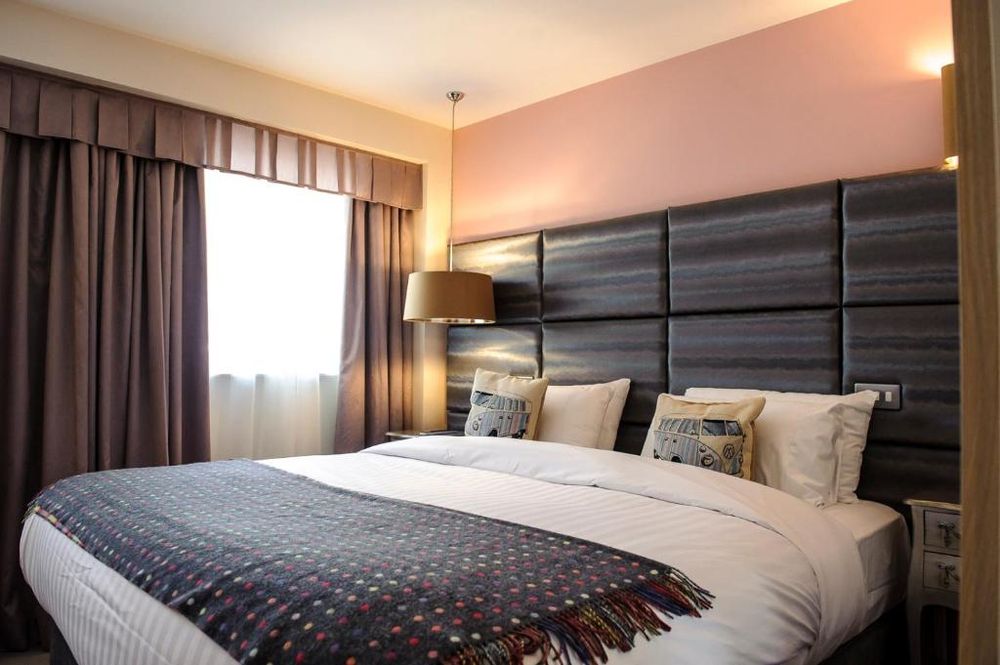 Ireland
Ireland
